Beckwith Wiedemann Syndrome Ultrasound
Beckwith wiedemann syndrome ultrasound. Wilms tumor and hepatoblastoma. The severity of this disorder varies widely in children and is usually recognized at birth when a child is born with several features of Beckwith-Wiedemann syndrome. This information from Great Ormond Street Hospital GOSH explains the causes symptoms and treatment of BWS and where to get helpA syndrome is a collection of features often seen together.
Most common clinical finding 4. Pancreatic islet cell hyperplasia. Owens were measuring slightly larger than the norm.
Beckwith-Wiedemann Syndrome BWS is an overgrowth disorder that affects at least 1 in 11000 children who are at increased risk for neonatal hypoglycemia and cancer. Localized gigantism macrosomia. We present two new cases of prenatally diagnosed BWS and propose a diagnostic schema.
Beckwith-Wiedemann syndrome BWS is a congenital overgrowth disorder characterized by a unique set of features that can consist of. A complete review of your childs medical or family history. Beckwith-Wiedemann syndrome is most often diagnosed through a physical exam.
Beckwith-Wiedemann syndrome is a genetic disorder commonly characterized by overgrowth. 84 rows Beckwith-Wiedemann syndrome BWS is a growth disorder that can affect. Screening for abdominal tumour renaladrenalhepaticpancreatic by regular abdominal ultrasound examination is recommended for children with BWS HH or both.
Genetic testing before or after birth. AFP Testing and Ultrasound Scans 1 in 10 children with Beckwith-Wiedemann will develop cancer. A scan interval of 3-4 months is recommended as interval tumours have been reported with scan intervals in excess of 4.
WILMS TUMORS HEPATOBLASTOMA ADRENAL TUMORS. Visceral asymmetrical involvement has been observed commonly represented by enlargement of one kidney or adrenal gland rather than one gonad.
Beckwith-Wiedemann syndrome is most often diagnosed through a physical exam.
Even though most children with BWS do not develop cancer due to the higher risk a routine testing protocol has been developed in order to screen for the two most common types of cancer. To our knowledge no established guidelines exist for the prenatal diagnosis of this condition. Beckwith-Wiedemann syndrome is a genetic disorder commonly characterized by overgrowth. Most common clinical finding 4. The severity of this disorder varies widely in children and is usually recognized at birth when a child is born with several features of Beckwith-Wiedemann syndrome. Beckwith-Wiedemann syndrome BWS is a growth disorder variably characterized by neonatal hypoglycemia macrosomia macroglossia hemihyperplasia omphalocele embryonal tumors eg Wilms tumor hepatoblastoma neuroblastoma and rhabdomyosarcoma visceromegaly adrenocortical cytomegaly renal abnormalities eg medullary dysplasia nephrocalcinosis medullary sponge. Genetic testing before or after birth. WILMS TUMORS HEPATOBLASTOMA ADRENAL TUMORS. BWS may be suspected during routine fetal ultrasound due to omphalocele renal anomalies or placentomegaly or with elevated serum alpha-fetoprotein AFP in the second trimester screen.
The susceptibility to these tumors diminishes and is not usually a problem after the age of 8. Even though most children with BWS do not develop cancer due to the higher risk a routine testing protocol has been developed in order to screen for the two most common types of cancer. Beckwith-Wiedemann syndrome is most often diagnosed through a physical exam. We present two new cases of prenatally diagnosed BWS and propose a diagnostic schema. Other tests that might be used to diagnose Beckwith-Wiedemann syndrome include. Most common clinical finding 4. BeckwithWiedemann syndrome BWS is a rare overgrowth syndrome classically characterized by pre- and postnatal constitutional and organ overgrowth macroglossia omphaloceleumbilical hernia facial nevus flammeus hemihyperplasia and embryonal tumors 2.
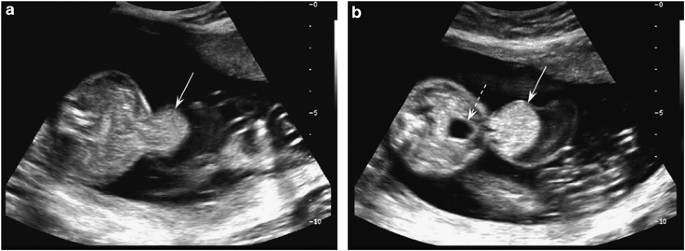
















/beckwith-wiedemann-syndrome-overview-4178305-5c454b8946e0fb0001411c0f.png)

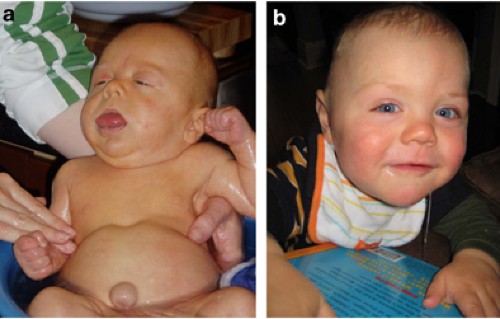




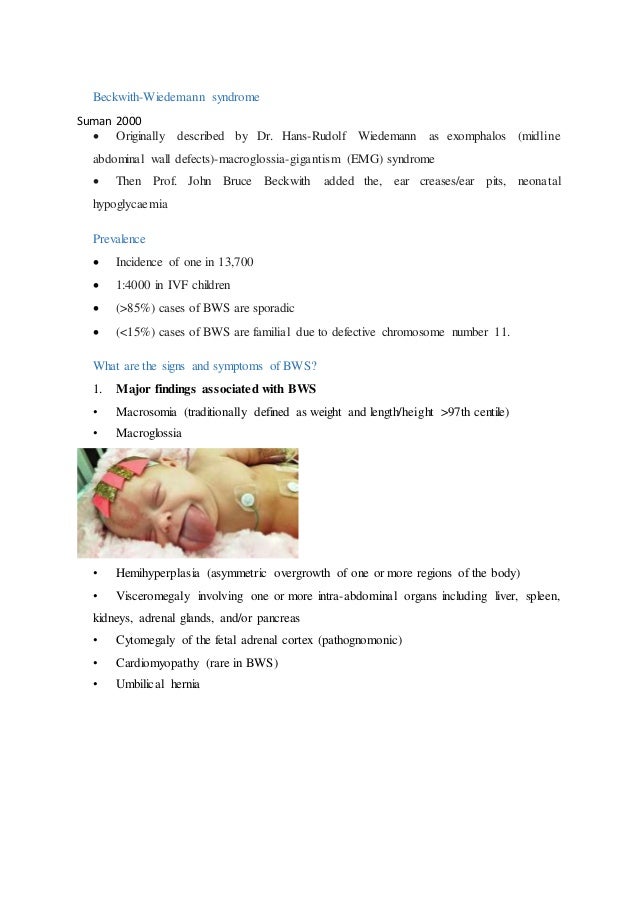

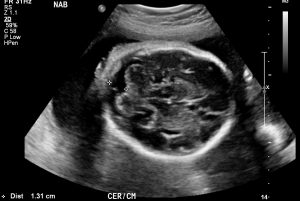
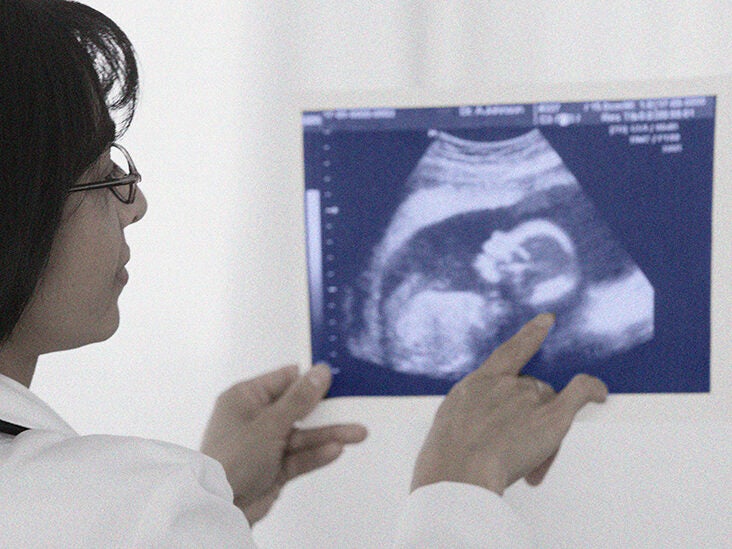

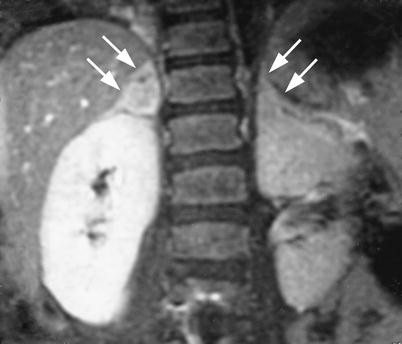









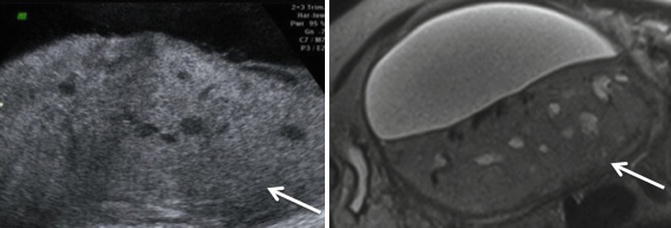


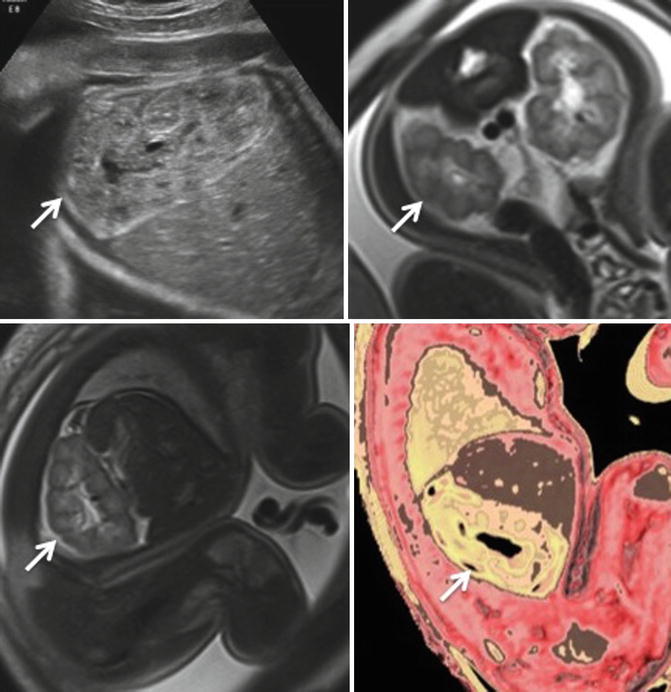
Posting Komentar untuk "Beckwith Wiedemann Syndrome Ultrasound"